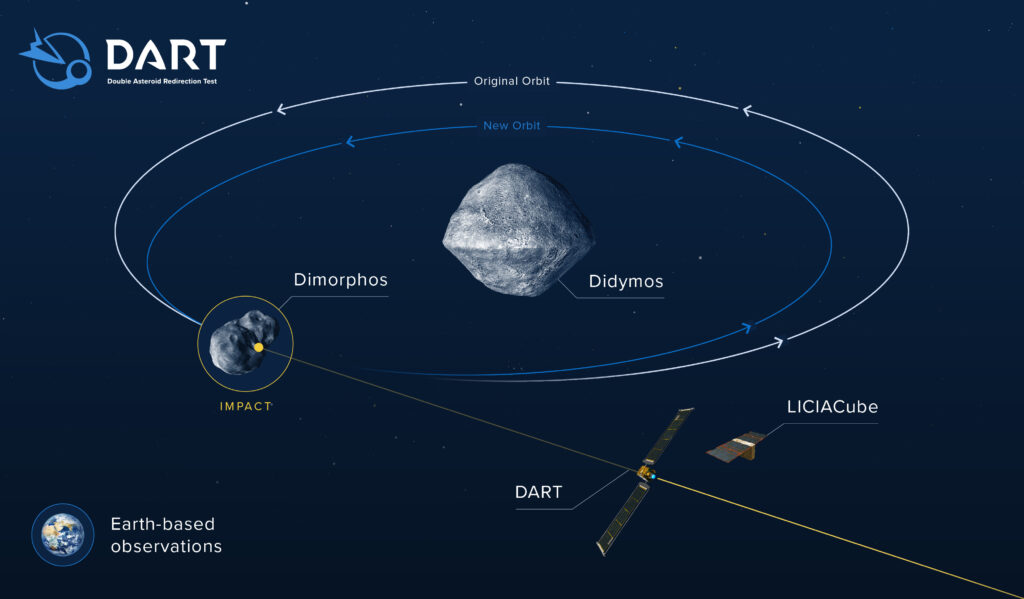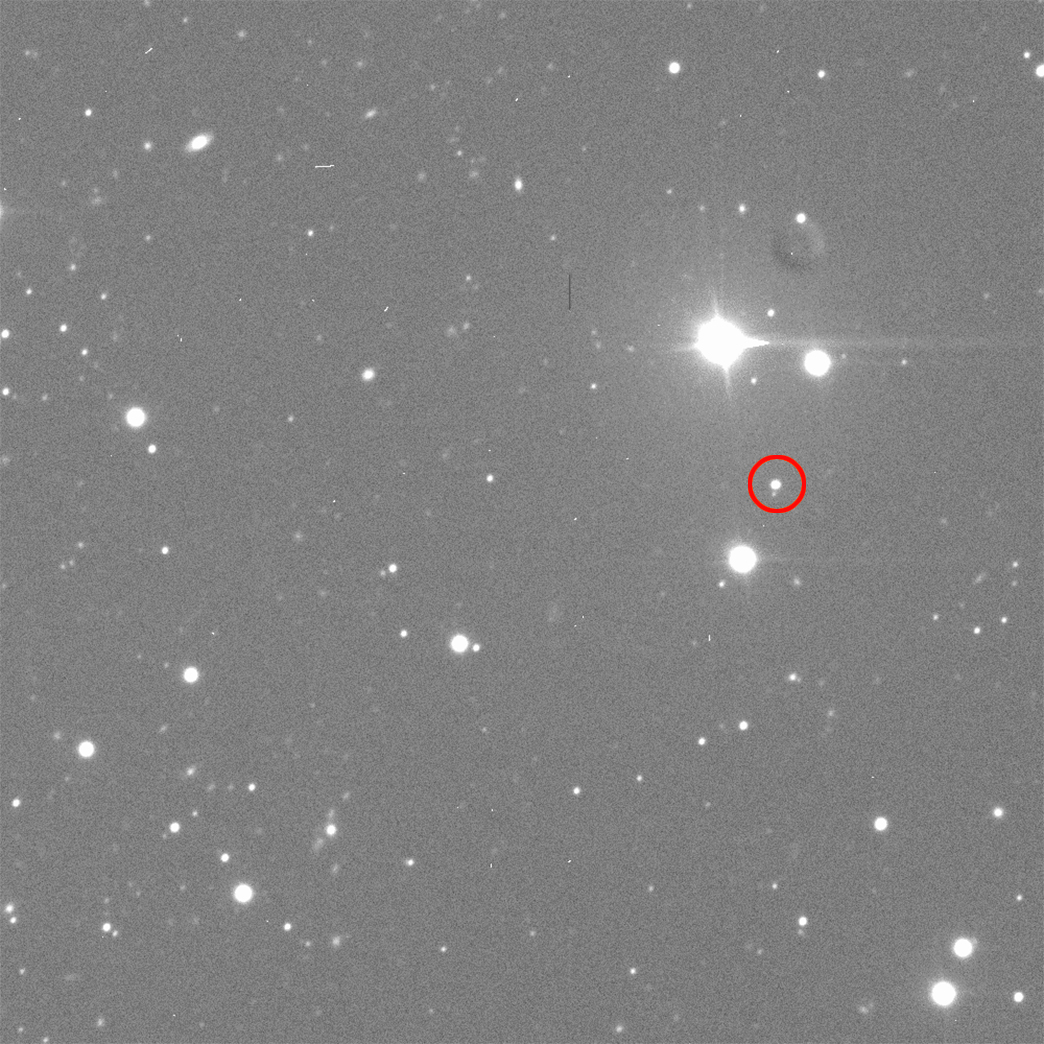Using some of the most powerful telescopes on Earth, a team of researchers from the Applied Physics Laboratory (APL) performed a series of observations of the binary asteroid Didymos. They confirmed that on September 26, 2022, the asteroid will be in the right point in orbit to be rammed by the DART probe.
DART mission
Didymos is a 780-meter asteroid from the Apollo group. This means that in its movement it sometimes crosses the Earth’s orbit. Didymos has a 160-meter satellite called Dimorphos, which is the target of the DART probe launched last year. On September 26, 2022, the 500-kilogram device is going to crash into the asteroid. The purpose of the experiment is to check the potential efficiency of a controlled ram to change the orbit of an object threatening the Earth.

The success of the DART mission depends on the correct determination of the asteroid’s orbit. Even a slight deviation of the device from the target will lead to a miss and disruption of the flight program. In addition, astronomers need to know the asteroid’s orbital characteristics as precisely as possible in order to measure the effects of the impact.
Observation of the double asteroid
At the beginning of 2021, researchers have already performed a number of observations of Didymos and its companion. After that, the binary asteroid moved to far away from our planet to be visible through most ground-based telescopes. In July 2022, Didymos started approaching Earth again. A team of researchers from APL (who have built DART and are maintaining it now) took this opportunity to make additional observations of the small body. For this purpose they involved the 4.3-meter LDT telescope and the 6.5-meter Magellan telescope.

Observations have shown that on September 26, 2022, the target of the DART mission will be at the right point in space. The researchers confirmed the orbital period of Dimorphos and the estimated time of impact. In addition, they worked out the methodology that will be used to assess the consequences of the collision.
In October, scientists plan to conduct new observations to determine whether Dimorphos’ orbit has changed. We would like to remind that the collision will also be recorded by the Italian cubesat LICIACube. It will undock from DART a few days before the impact and capture the moment of impact with a Gecko camera built by Dragonfly Aerospace, owned by the Ukrainian entrepreneur Max Polyakov.
